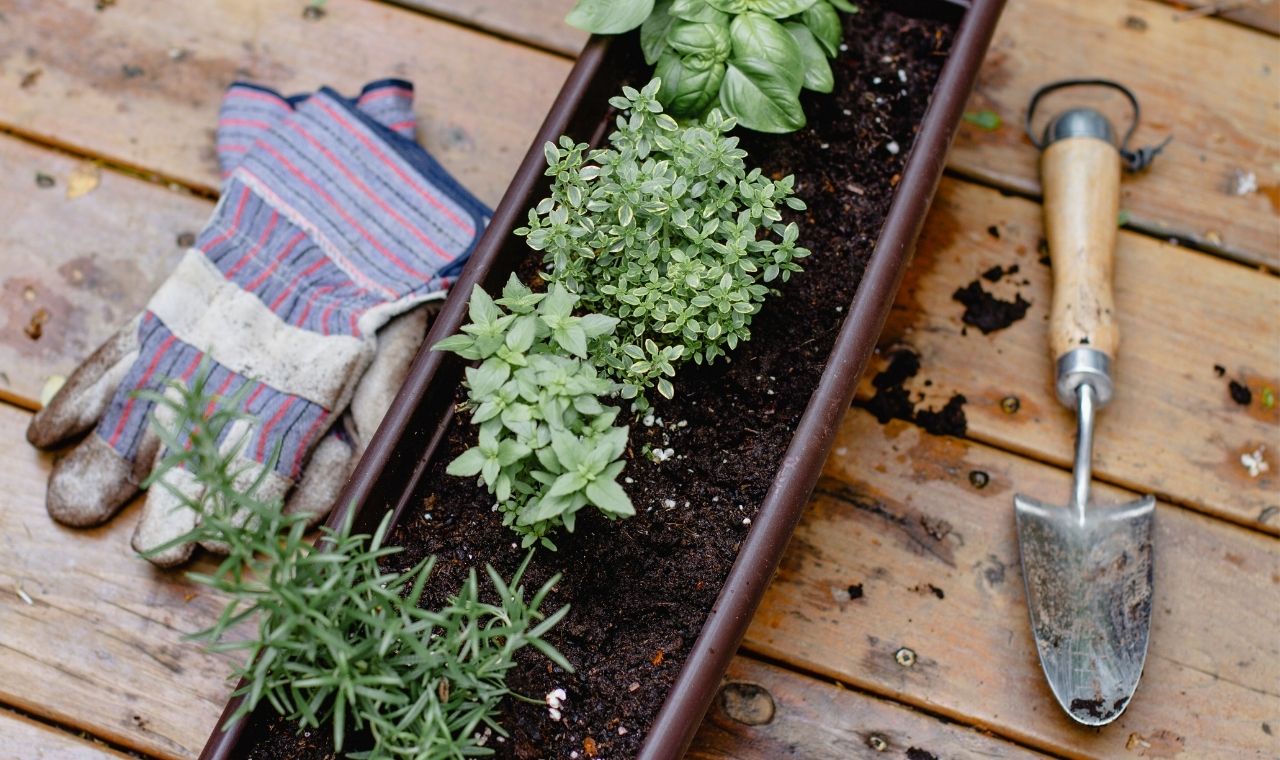Fresh, homegrown herbs are a must-have for any kitchen gardener, offering a fresh, fragrant addition to your dishes. Starting a herb garden doesn’t have to be expensive, and it can be done quickly and easily with a few budget-friendly methods.
Choosing the Right Spot
Herbs thrive in sunny spots, so choose an area near your home with plenty of direct sunlight. This ensures you’re more likely to use your herbs often. Most herbs don’t require rich soil; average garden soil is usually fine as long as it’s well-drained. If you’re growing Mediterranean herbs like rosemary or lavender, mix in some all-purpose potting mix with added grit to improve drainage.
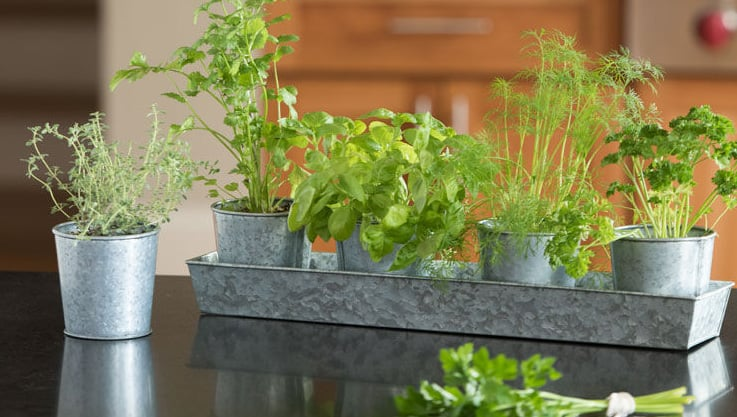
Budget-Friendly Herb Growing Methods
You can start your herb garden using grocery store herbs, cuttings, or divisions from existing plants—all of which are inexpensive options.
Making the Most of Grocery Store Herbs
Many herbs sold in grocery stores are sold in tightly packed clusters. These plants are usually young and haven’t been thinned out, which can cause them to quickly become overcrowded and struggle to grow. However, you can rescue these herbs by separating them into individual plants.
To do this, gently wash the potting mix off the rootball in water. This will make it easier to separate the plants. Carefully divide the cluster into three or four smaller sections, then pot them individually in fresh potting soil. Trim the upper foliage to encourage new growth. This method works well for herbs like parsley and cilantro, which are harder to grow from cuttings.
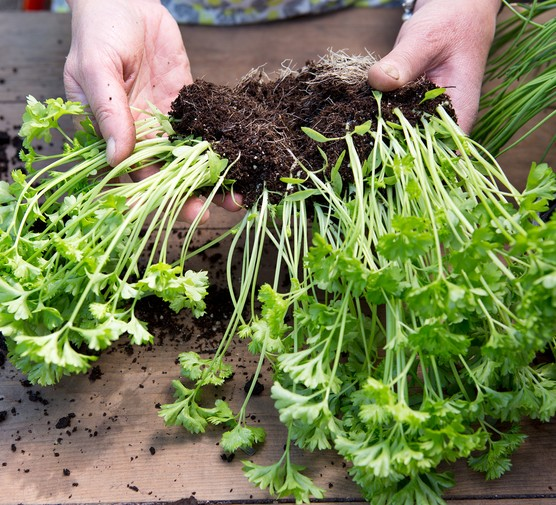
Propagating Herbs from Cuttings
Another cost-effective way to grow herbs is by propagating from cuttings. Take cuttings from existing plants in your garden or even from grocery store herbs. For herbs like basil and mint, simply place the cuttings in water and wait for roots to form, which should take about two weeks. Once the cuttings are rooted, transfer them to fresh potting mix.
For woody herbs like rosemary and thyme, root the cuttings in a well-draining mix (such as a mix of potting soil and perlite) and then plant them in separate pots once rooted.
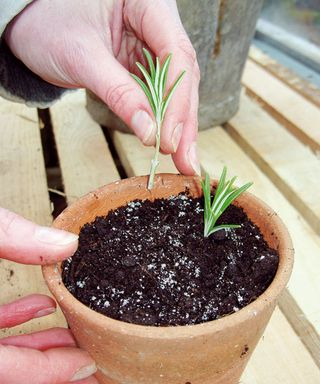
Dividing Existing Herbs to Create New Plants
Many herbs can also be propagated by dividing existing plants. For herbs like oregano, chives, and thyme, dig up the plant carefully with a garden fork. Then, using two forks, gently split the clump into smaller sections. Replant the pieces into fresh soil or your new herb garden. Divide the plants at the end of the growing season, when top growth has slowed, to minimize stress on the plants.
Planting Your Herb Garden
When planting, consider the size and sun needs of each herb. Taller herbs like rosemary and mint should be placed at the back, while medium-sized herbs such as basil and parsley go in the middle. Place low-growing herbs like thyme at the front. If you’re growing mint, plant it in a deep pot and place the entire pot in the ground. This will contain the roots and prevent the plant from becoming invasive.
Before planting, lay out your herbs in their pots to determine the best arrangement. Once you’re happy with the layout, plant them in the ground, water well to settle the soil around the roots, and continue to water them as they establish themselves.
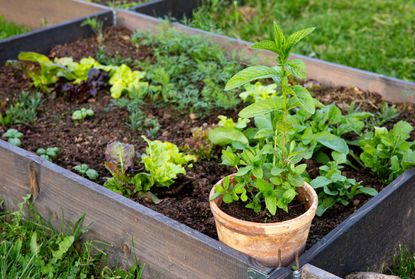
Maintaining Your Herb Garden
Once planted, continue to care for your herbs by keeping them well-watered during the early stages of growth. If herbs like basil or parsley become leggy, trim them back to encourage bushier growth. With a little patience, your herb garden will thrive, offering fresh, homegrown ingredients for your kitchen.
Ready to start your own herb garden? Let us know how it goes in the comments below!
